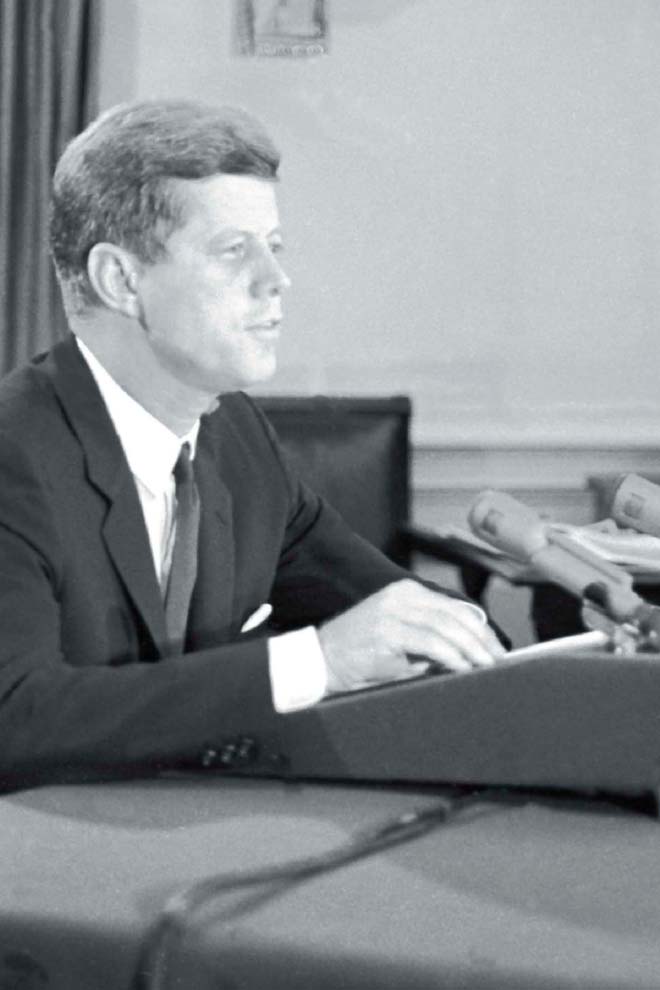Published in 2018 by Cavendish Square Publishing, LLC
243 5th Avenue, Suite 136, New York, NY 10016
Copyright 2018 by Cavendish Square Publishing, LLC
First Edition
No part of this publication may be reproduced, stored in a retrieval system, or transmitted in any form or by any meanselectronic, mechanical, photocopying, recording, or otherwisewithout the prior permission of the copyright owner. Request for permission should be addressed to Permissions, Cavendish Square Publishing, 243 5th Avenue, Suite 136, New York, NY 10016. Tel (877) 980-4450; fax (877) 980-4454.
Website: cavendishsq.com
This publication represents the opinions and views of the author based on his or her personal experience, knowledge, and research. The information in this book serves as a general guide only. The author and publisher have used their best efforts in preparing this book and disclaim liability rising directly or indirectly from the use and application of this book.
CPSIA Compliance Information: Batch #CS17CSQ
All websites were available and accurate when this book was sent to press.
Names: Bryan, Bethany, author.
Title: The Bay of Pigs and the Cuban Missile Crisis / Bethany Bryan.
Description: New York : Cavendish Square Publishing, [2018] | Series: The Cold War chronicles | Includes bibliographical references and index.
Identifiers: LCCN 2016056236 (print) | LCCN 2016057361 (ebook) | ISBN 9781502628633 (library bound) | ISBN 9781502628640 (E-book)
Subjects: LCSH: Cuban Missile Crisis, 1962--Juvenile literature. | Cuba--History--Invasion, 1961--Juvenile literature.
Classification: LCC E841 .B785 2018 (print) | LCC E841 (ebook) | DDC 972.9106/4--dc23
LC record available at https://lccn.loc.gov/2016056236
Editorial Director: David McNamara
Editor: Jodyanne Benson
Copy Editor: Rebecca Rohan
Associate Art Director: Amy Greenan
Designer: Alan Sliwinski
Production Coordinator: Karol Szymczuk
Photo Research: J8 Media
The photographs in this book are used by permission and through the courtesy of: Cover, Carl Mydans/The LIFE Picture Collection/Getty Images; pp. Rhone Wise/AFP/Getty Images.
Printed in the United States of America
 CONTENTS
CONTENTS 
Introduction:
The Presidents Announcement
Mounting Tensions
The Bay of Pigs and the Cuban Missile Crisis
The Faces of the Cold War
Negotiation and Innovation
The Legacy of the Bay of Pigs and the Cuban Missile Crisis
Chronology
Glossary
Bibliography
Further Information
Index
About the Author
President Kennedy addressed the nation on the Cuban Missile Crisis on October 22, 1962.
 INTRODUCTION
INTRODUCTION 
The Presidents Announcement
I n October 1962, many Americans were focused on the World Series between the New York Yankees and the San Francisco Giants. Some were planning for Halloween, dancing the Monster Mash to the hit song that was at the top of the Billboard charts. Johnny Carson was the new host of The Tonight Show, bringing his own brand of comedy to the airwaves. It wasnt until President John F. Kennedy made an announcement on live television on October 22, that the nation understood that the United States was on the brink of nuclear war with the Soviet Union.
But there wasnt a single American who could have been surprised at this turn of events, as the United States and the Soviet Union had been engaged in a long-standing conflict, historically known as the Cold War, since the end of World War II. The Cold War was a conflict that did not involve active warfare. Instead, it was limited to extreme distrust and a lack of diplomacy between the United States and the Soviet Union. But even without bloodshed, the conflict was dangerous. Both nations struggled to be the dominant world power through developing technology, including nuclear weapons technology. The United States had effectively ended World War II by dropping atomic bombs on the Japanese cities of Hiroshima and Nagasaki. In the nuclear age that followed, other nations raced to keep up with weapons technology by developing nuclear weapons of their own, and the United States government viewed the USSR (Union of Soviet Socialist Republics) as its biggest threat in the nuclear arms race.
Because of the Cold War, nuclear war was on every Americans mind by October 1962. People who feared for the lives of their families built bomb shelters in their backyards. Schoolchildren practiced for an attack with duck and cover drills under the watchful eye of teachers and school administrators. To this day, you might see the familiar symbol of three yellow triangles in and around older buildings, indicating that there is a fallout shelter on site. This fear of nuclear war had been building for years. In October 1962, President Kennedys announcement showed the American people that their concerns were justified.
What the president had learned a few days before his ocial announcement to the nation was that his long- term fears had been realized; the United States finally had confirmation that the USSR had placed nuclear missiles in the Communist nation of Cuba, just 90 miles (145 kilometers) off the coast of Florida. But, the United States also had long been stockpiling nuclear weapons against the Soviet government and had, in 1961, deployed its own intermediate- range nuclear missiles into Italy and Turkeytwo nations that lay adjacent to the USSR. From those locations, the deadly missiles could easily reach the cities of Moscow and Leningrad (now Saint Petersburg). In short, both nations were armed against the other with weapons that could cost millions of lives, and these weapons were within firing range.
Cuba had been a point of contention between the Union of Soviet Socialist Republics (USSR) and the United States for a few years by this point in time. In 1959, Fidel Castro of Cuba overthrew the military dictatorship of Fulgencio Batista in Cuba and established the first Communist government in the Western Hemisphere. Communism was still a fairly new concept for Americans in the 1960s, and many saw it as a threat to their own freedom. They had watched the Soviet Union slowly claim more and more of Eastern Europe. China had become a Communist nation in 1949. So the idea of Communism in the nation of Cuba hit a little too close to home for both the American people and their government. Additionally, Batista, despite being a ruthless dictator, had been an American ally. American companies had interests in Cuba, from cattle ranches and sugar plantations, to mines and utilities. Unlike Batista, Fidel Castro was unhappy with American dominance in Cuba and, since taking over as leader, had been working to decrease American influence on the island by nationalizing the sugar and mining industries. By 1961, the United States had ended diplomatic relations with Cuba and begun to explore ways to overthrow Castro and push back against Communism.
That year, President Kennedy authorized an invasion a plan originated by Kennedys predecessor, Dwight D. Eisenhowerby Cuban exiles to overthrow Fidel Castro. Historically known as the Bay of Pigs invasion, the attempt was a failure, with troops surrendering in less than a day. This attempt to relieve Fidel Castro of his control of Cuba had only done more to solidify the relationship between the Soviet Union and Cuba, with the United States as their common enemy.

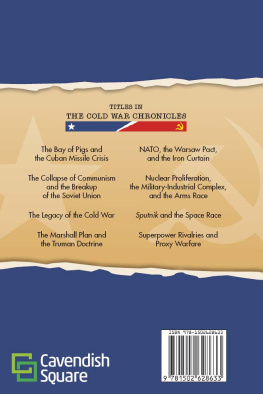


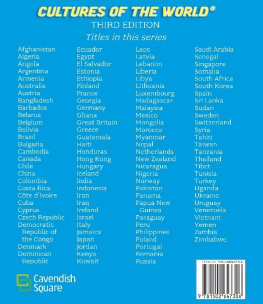

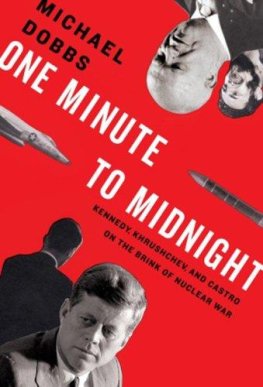

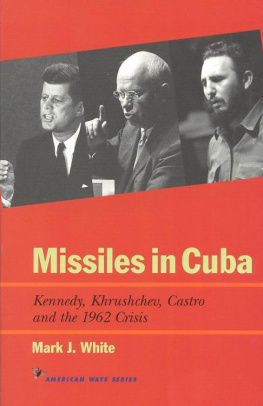
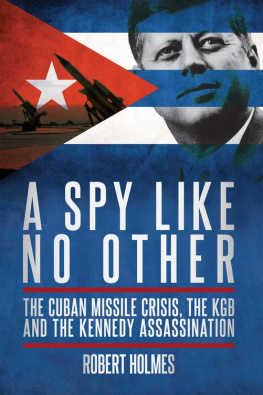
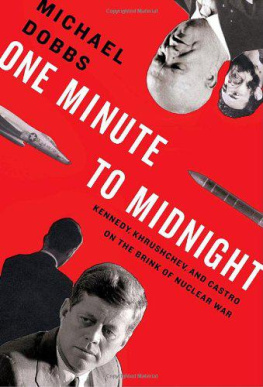
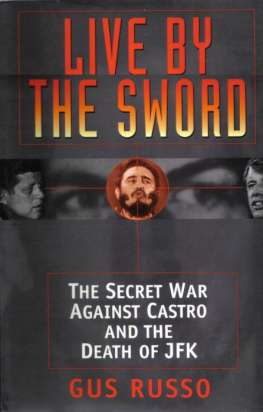
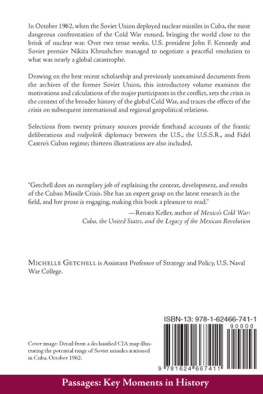
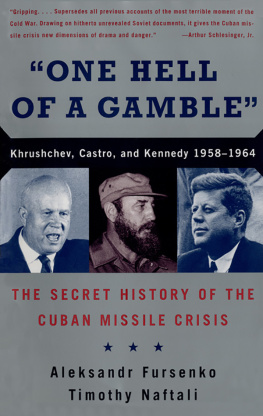
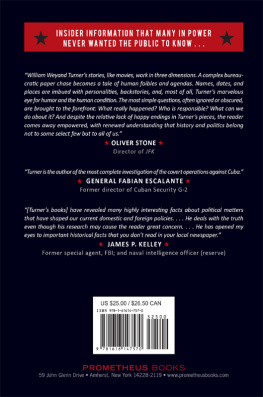
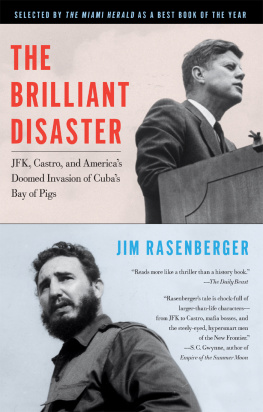
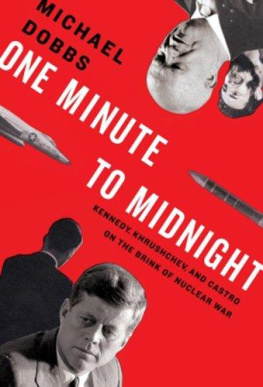

 CONTENTS
CONTENTS 
